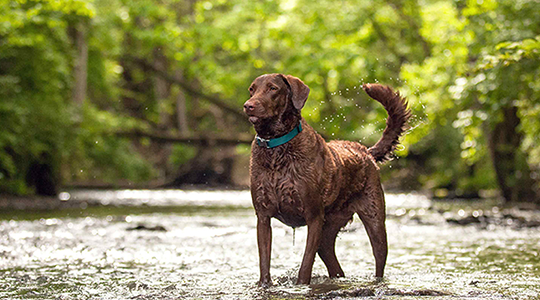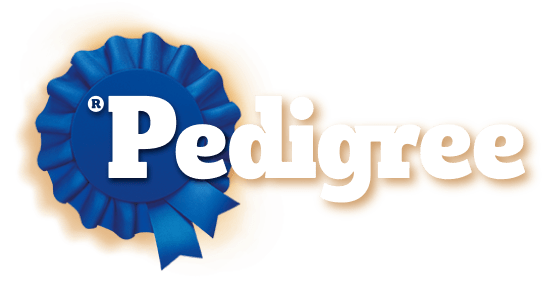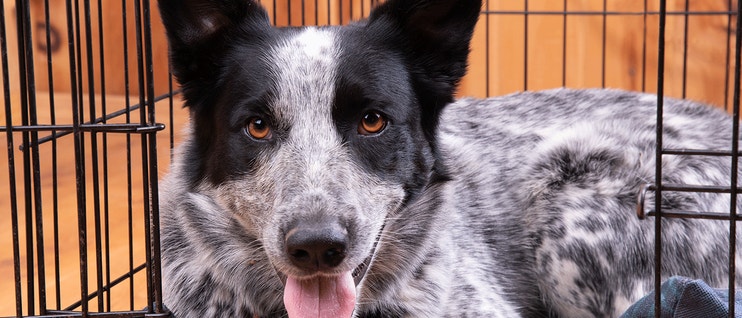
In the Swim With Your Dog
Who doesn't love to watch a dog as he wades into water and instinctively begins to doggie paddle his way across a pond or pool? The fact is, most dogs enjoy the water—at least enough to wade in—and many are natural swimmers.
Swimming is a terrific exercise for your dog because it works the heart and lungs while stimulating the entire musculature system. And, unlike running on hard ground, swimming doesn't put stress on the hips and other joints.
Keep in mind that there are a few breeds that are just not built for aquatics. For example, the Bulldog's short nose, wide torso, and short legs make swimming difficult. Dachshund and Basset Hounds also have a harder time propelling themselves through the water, but it doesn't mean they won't enjoy it. If introduced properly to the water, most dogs will learn to love spending time there.
Follow these tips to keep your dog safely 'in the swim':
Let him start to swim at his own pace. Choose an area where he can walk into the water (such as a lake or beach), rather than submerge, all at once (such as off a dock).
Do not throw your dog into water. Not only could he swallow unsafe amounts of water, the experience may scare him so much that he'll forever fear the water.
Stay close. If you're swimming with your dog, stay close enough to help your pet if needed, but steer clear of those hard-paddling paws to avoid accidental scratches.
Be a lifeguard. Dogs can get caught up in the excitement of water games and lose track of their own fatigue. If your dog seems tired, trust your instincts: get him out to rest in the shade. Never leave him unattended when he's in the water. And use a dog life vest, if needed.
Watch for wildlife. Depending on where you swim, keep an eye out for creatures such as snapping turtles, jellyfish, and ticks. Take care of your dog's skin and coat by rinsing him with fresh water as soon as possible after swimming, especially if he was in salt water.
Give him a rest. Frequently call your dog out from swimming, and use the down/stay for him to rest in the shade. Be sure to have fresh drinking water. Too much swimming could lead to exhaustion and dehydration. Remember that dogs can get sunburned too, especially those with thin coats or lightly colored skin.
Have treats and fresh water available. Dogs can get a work out swimming just like we can. Always keep fresh water close by to keep your dog cool and hydrated. Treats are also a fun way to reward your pup for good behavior and satisfy his hunger between meals.
Wherever you swim with your dog, a little safety and common sense will help you both enjoy this refreshing and beneficial exercise.




